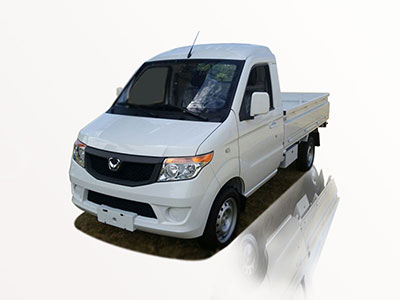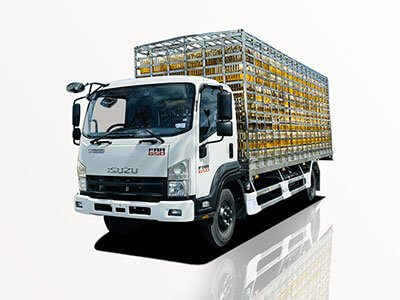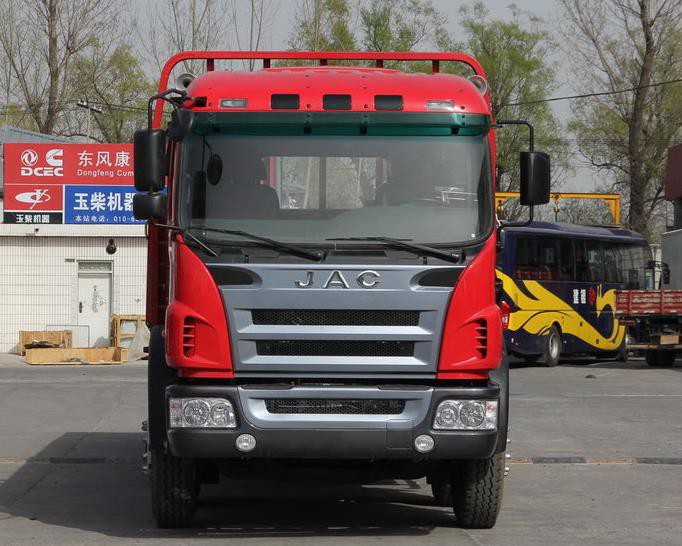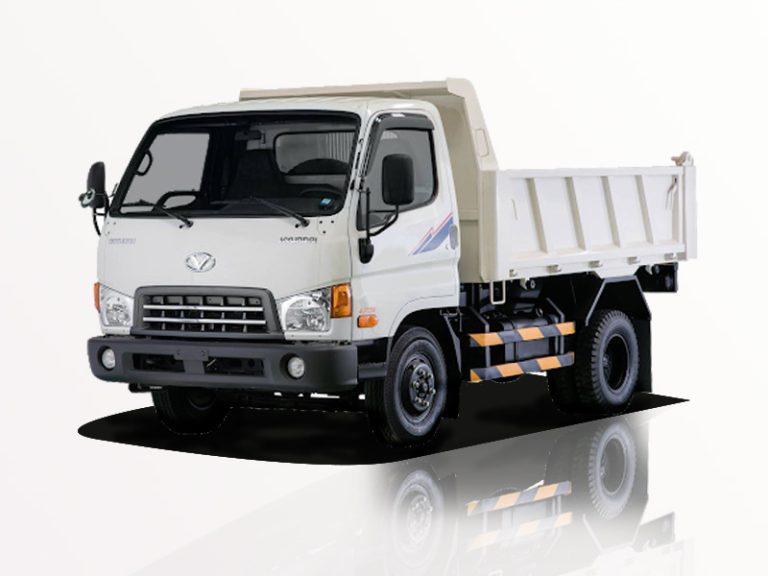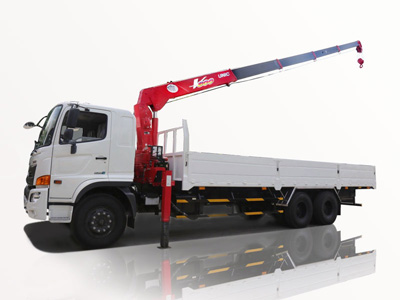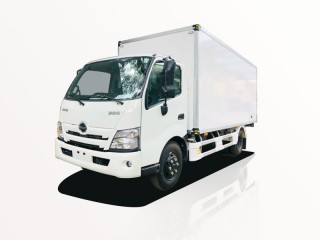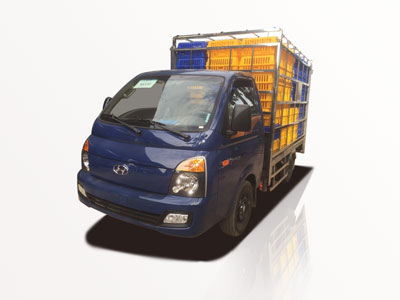Introduction
Oil delivery trucks play a crucial role in our economy, transporting essential fuels that power industries, homes, and vehicles. These specialized vehicles are designed to handle various types of oil, including heating oil, diesel, and lubricants, ensuring that customers receive their supplies safely and efficiently. In this article, we’ll explore the ins and outs of oil delivery trucks, including their design, operational guidelines, safety measures, and tips for choosing the right company for your oil delivery needs. Whether you’re a homeowner or a business owner, understanding the intricacies of oil delivery trucks can help you make informed decisions about your fuel supply.
The Design and Functionality of Oil Delivery Trucks
Types of Oil Delivery Trucks
Oil delivery trucks come in various configurations, each tailored for different types of oil transport. Here are some common types:
- Tank Trucks: These are the most common oil delivery trucks, designed with large, cylindrical tanks used to store a specific type of oil.
- Multi-compartment Trucks: Designed to deliver multiple types of oil in one trip, these trucks feature separate tanks that prevent cross-contamination.
- Bobtail Trucks: Smaller than standard tank trucks, bobtail trucks are used for delivery in urban areas where space is limited.
- Transport Trucks: Larger trucks that transport oil from refineries to distribution centers or retail locations.
Key Components of an Oil Delivery Truck
Understanding the components of an oil delivery truck can provide insight into how they operate effectively:
- Tank: The tank is the primary component where oil is stored. It’s typically made from high-grade steel to withstand the corrosive nature of oil.
- Pump System: An essential feature that aids in transferring oil from the tank to the customer’s storage tank.
- Metering System: This system measures the amount of oil being delivered, ensuring accuracy in billing.
- Valves and Hoses: Control the flow of oil and connect the truck’s tank to the storage tank at the delivery site.
- Safety Features: Many trucks come with safety valves, gauges, and alarms to monitor pressure and prevent overflow.
Operational Guidelines for Oil Delivery
Preparation Before Delivery
Before embarking on an oil delivery, drivers need to prepare thoroughly. This includes:
- Inspecting the Truck: A pre-trip inspection ensures that all systems, including brakes, lights, and pumps, function properly.
- Reviewing Delivery Schedules: Understanding the logistics of the day’s deliveries allows drivers to optimize routes and reduce delays.
- Fueling Up: Ensure that the truck has enough fuel to complete all planned deliveries.
During the Delivery
Once on-site, several operational steps need to be followed:
- Safety Measures: Always ensure that the area is clear of hazards and that personal protective equipment (PPE) is worn.
- Metering the Delivery: Accurate measurement is crucial, and drivers should double-check the readings before and after the delivery.
- Communication: Maintain contact with the dispatch center for any unforeseen circumstances.
Post-Delivery Procedures
After completing deliveries, drivers must follow certain protocols:
- Documenting Deliveries: Keep thorough records of what was delivered, to whom, and at what quantity.
- Inspecting Equipment: Post delivery inspections help catch any potential issues early.
- Cleaning the Truck: Ensure that any residual oil is cleaned to prevent contamination and corrosion.
Safety Regulations and Standards
Federal Regulations
In the United States, oil delivery trucks must adhere to specific federal regulations:
- Department of Transportation (DOT): Sets standards for transportation safety, including training for drivers and vehicle maintenance.
- Environmental Protection Agency (EPA): Ensures that delivery practices prevent environmental contamination.
State Regulations
Each state may have additional regulations regarding oil transport, including licensing, weight limits, and route restrictions.
Importance of Compliance
Adhering to these regulations is crucial for several reasons:
- Safety: Protecting employees, customers, and the environment.
- Legal Compliance: Avoiding fines and penalties associated with non-compliance.
- Reputation: Companies that prioritize safety build trust with their customers.
Choosing the Right Oil Delivery Company
Factors to Consider
Selecting an oil delivery company is a significant decision that can affect your fuel reliability and costs. Here are some key factors to consider:
- Reputation: Look for customer reviews and testimonials to gauge reliability and trustworthiness.
- Service Range: Ensure that the company delivers to your area and offers the type of oil you need.
- Pricing Structure: Be clear on pricing—whether it’s flat-rate, per gallon, or tiered pricing based on volume.
- Customer Service: A company with strong customer support can assist in emergencies and provide peace of mind.
Comparing Oil Delivery Rates
When comparing rates, consider creating a spreadsheet that includes:
| Company Name | Rate per Gallon | Delivery Fees | Additional Services |
|---|---|---|---|
| Company A | $3.00 | $50 | 24/7 Support |
| Company B | $2.75 | $30 | Online Ordering |
| Company C | $3.25 | Free | Loyalty Discounts |
Practical Examples and Tips
Maximizing Efficiency in Oil Delivery
Efficiency in oil delivery can lead to cost savings and improved service. Here are a few tips:
- Route Optimization: Use GPS and delivery management software to plan efficient routes.
- Group Deliveries: Combine orders when possible to reduce fuel costs and time.
- Regular Maintenance: Keep trucks in optimum condition to minimize breakdowns and ensure timely deliveries.
Safety Protocols for Oil Delivery
Implement the following safety protocols to safeguard both employees and customers:
- Emergency Response Training: Regular training for drivers on how to handle oil spills or accidents.
- Personal Protective Equipment (PPE): Mandate the use of PPE for all drivers during deliveries.
- Clear Signage: Visible warning signs should be placed around storage areas during delivery to alert bystanders.
Industry Trends and Innovations
Growing Concerns for Sustainability
As the world shifts toward greener energy options, the oil delivery industry is also adapting. Here are some trends:
- Biofuels: An increasing number of companies are diversifying their fuel offerings to include biofuels.
- Digital Tracking: Advanced technologies allow for real-time tracking of deliveries, enhancing transparency.
- Electric Delivery Vehicles: Some companies are experimenting with electric vehicles to reduce emissions.
The Impact of Technology
Technology plays a vital role in improving delivery efficiency:
- Inventory Management Systems: Help businesses track oil levels and schedule deliveries automatically.
- Mobile Apps: Allow customers to order oil, see real-time status updates, and manage payments easily.
Frequently Asked Questions (FAQs)
1. What types of oil can be delivered by oil delivery trucks?
Oil delivery trucks can transport various types of oil, including heating oil, diesel fuel, and lubricating oils.
2. How can I ensure safe delivery of oil?
Always hire a reputable delivery company that adheres to safety regulations and provides proper training for its drivers.
3. What should I do if I notice a leak during delivery?
Immediately notify the driver and evacuate the area. The driver should follow emergency protocols to contain and address the leak.
4. How are delivery prices calculated?
Prices may vary based on factors such as the type of oil, the quantity ordered, delivery distance, and any additional fees.
5. Can I schedule oil deliveries in advance?
Most companies allow customers to schedule regular deliveries based on their consumption, providing greater convenience and peace of mind.
6. What should I do to prepare for an oil delivery?
Ensure that the area around your storage tank is accessible, clear of debris, and that the tank is in good condition for receiving oil.
